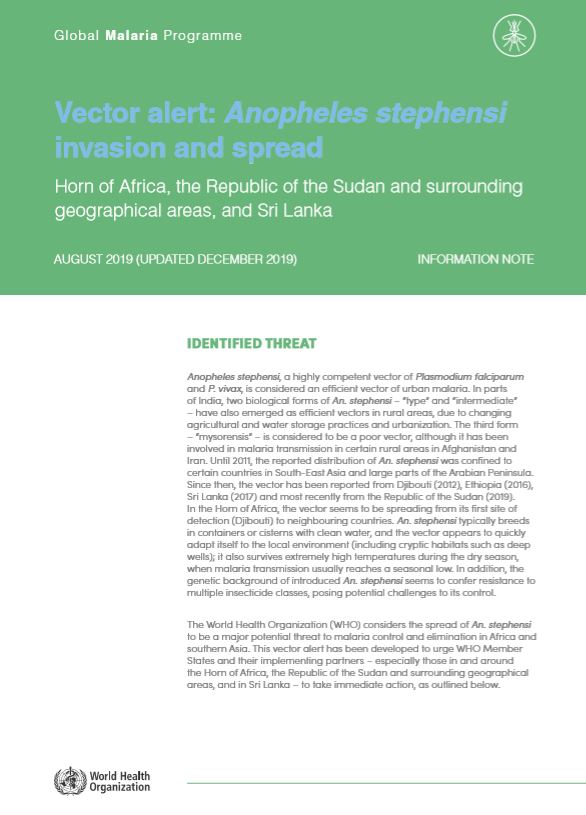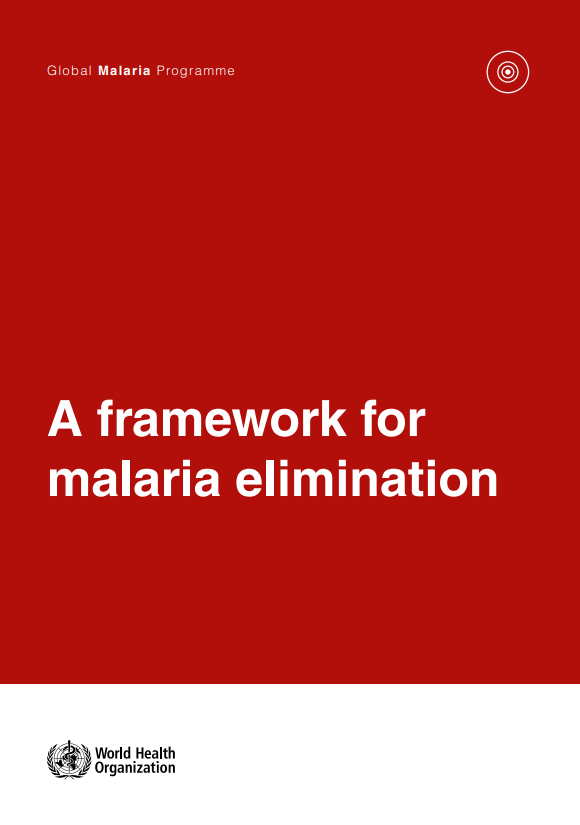Over the past decade, most countries endemic for Plasmodium falciparum malaria have shifted their national treatment policies to artemisinin-based combination therapies (ACTs), although many of these countries still do not conduct routine therapeutic efficacy studies. The development of parasite resistance to artemisinin – the key compounds in ACTs – is a major public health concern.
Resistance is occurring as a consequence of several factors, including poor treatment practices, inadequate patient adherence to prescribed antimalarial regimens, and the widespread availability of oral artemisinin-based monotherapies and substandard forms of the drug.
Plasmodium falciparum resistance to artemisinin derivatives in Southeast Asia threatens malaria control and elimination activities worldwide. To monitor the spread of artemisinin resistance, a molecular marker is urgently needed.
Using whole-genome sequencing of an artemisinin-resistant parasite line from Africa and clinical parasite isolates from Cambodia, mutations in the PF3D7_1343700 kelch propeller domain (‘K13-propeller’) with artemisinin resistance in vitro and in vivo were associated.
K13-propeller polymorphism constitutes a useful molecular marker for large-scale surveillance efforts to contain artemisinin resistance in the Greater Mekong Sub region and prevent its global spread.
Read more
A molecular marker of artemisinin- resistant Plasmodium falciparum malaria








